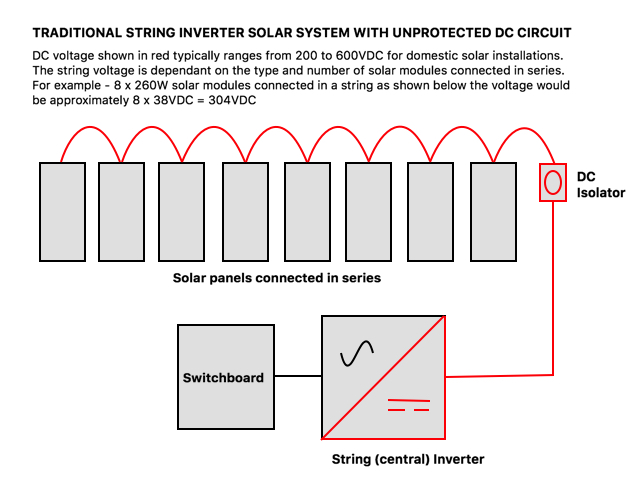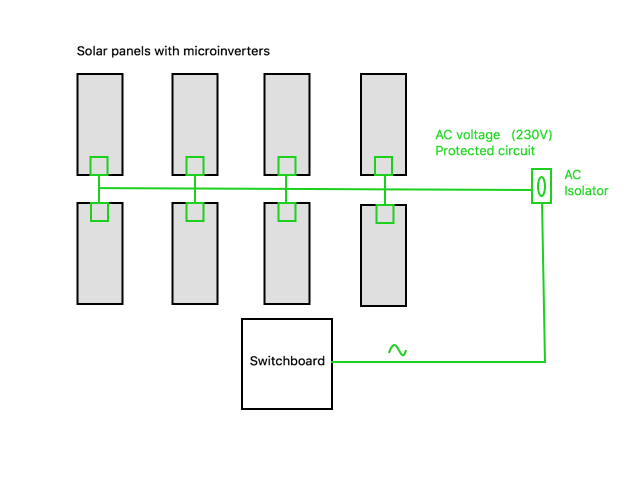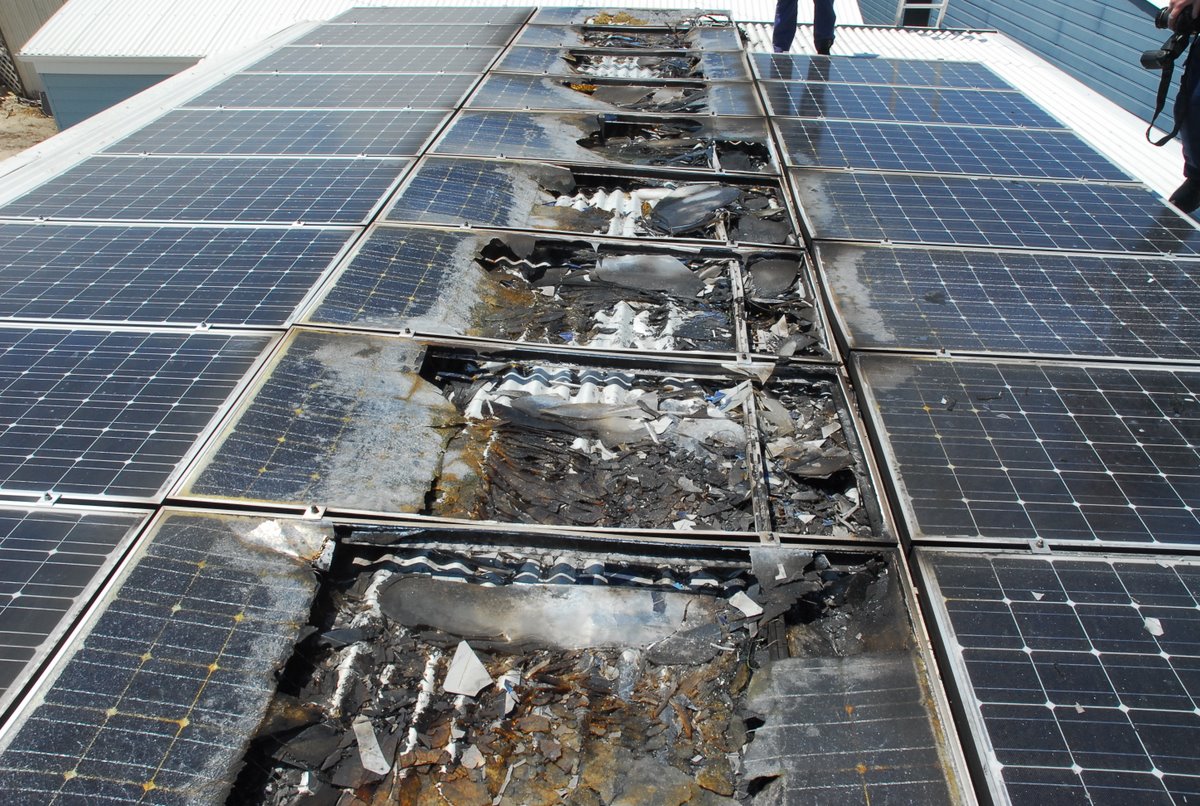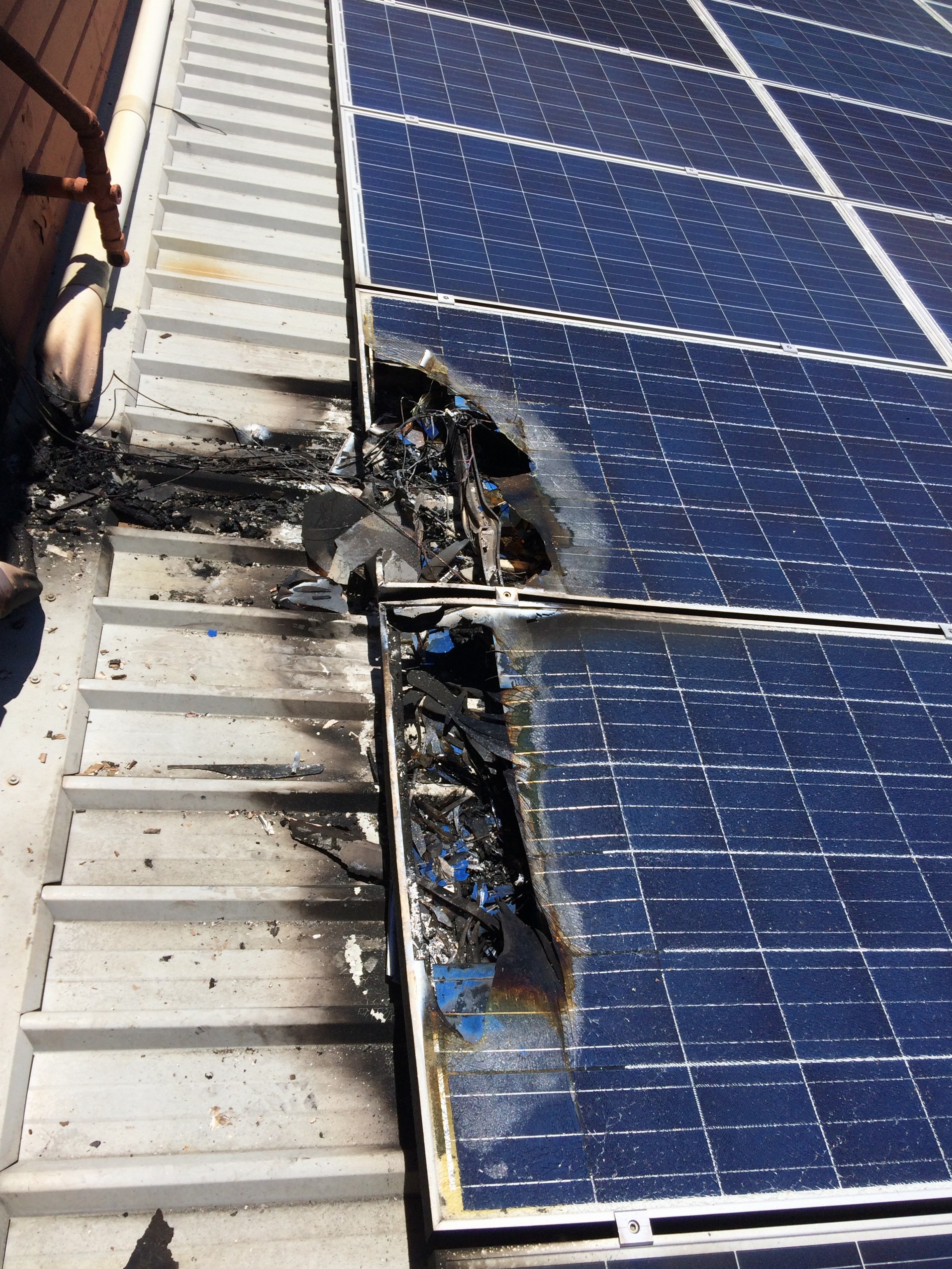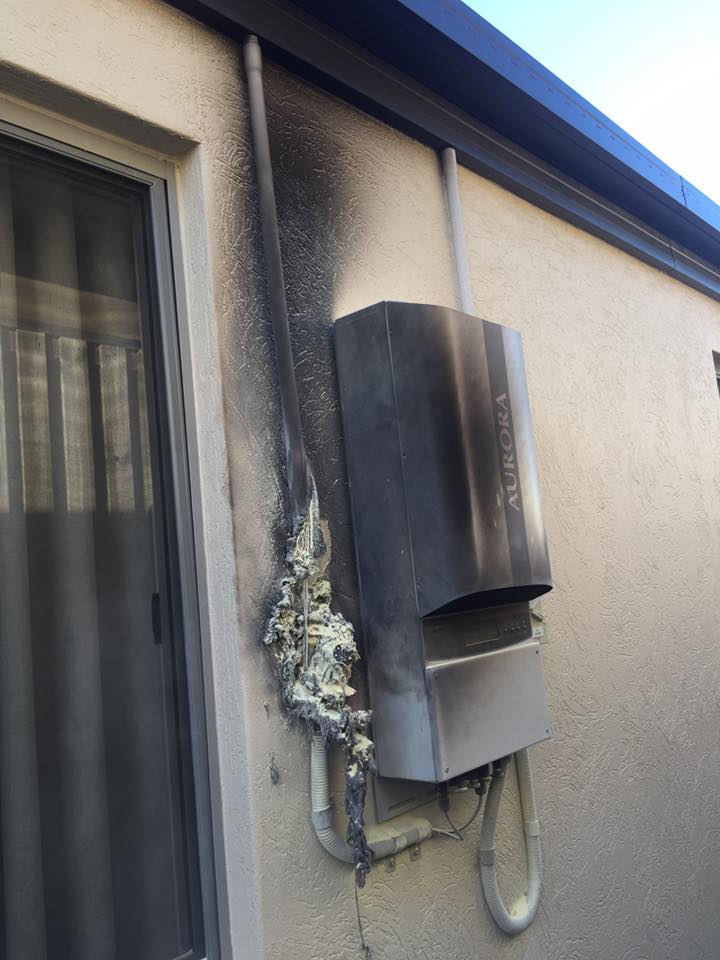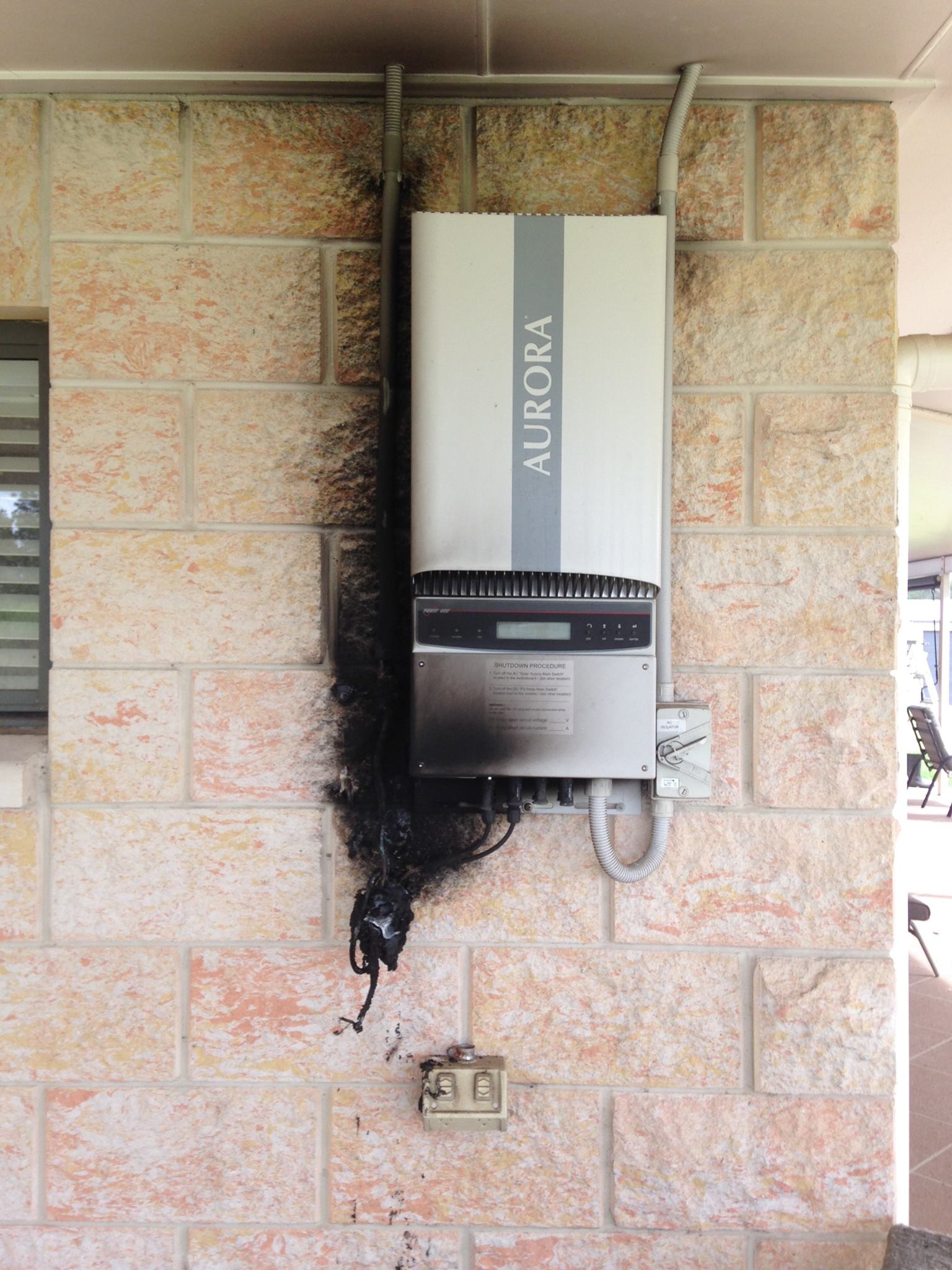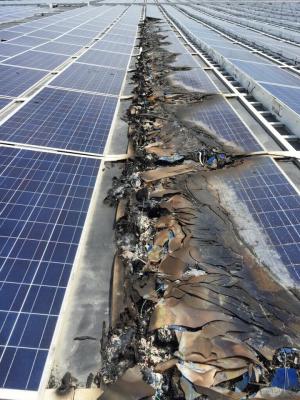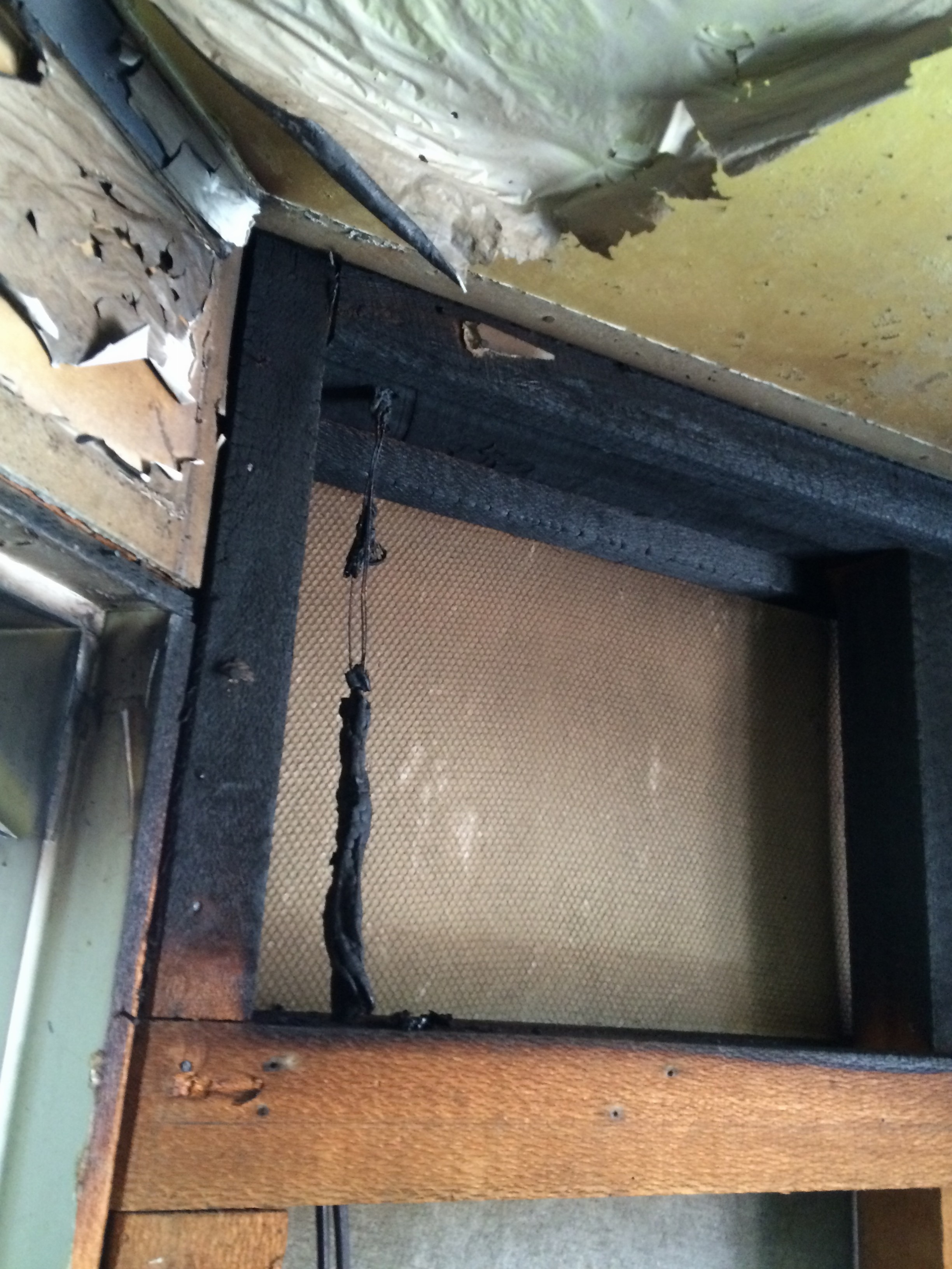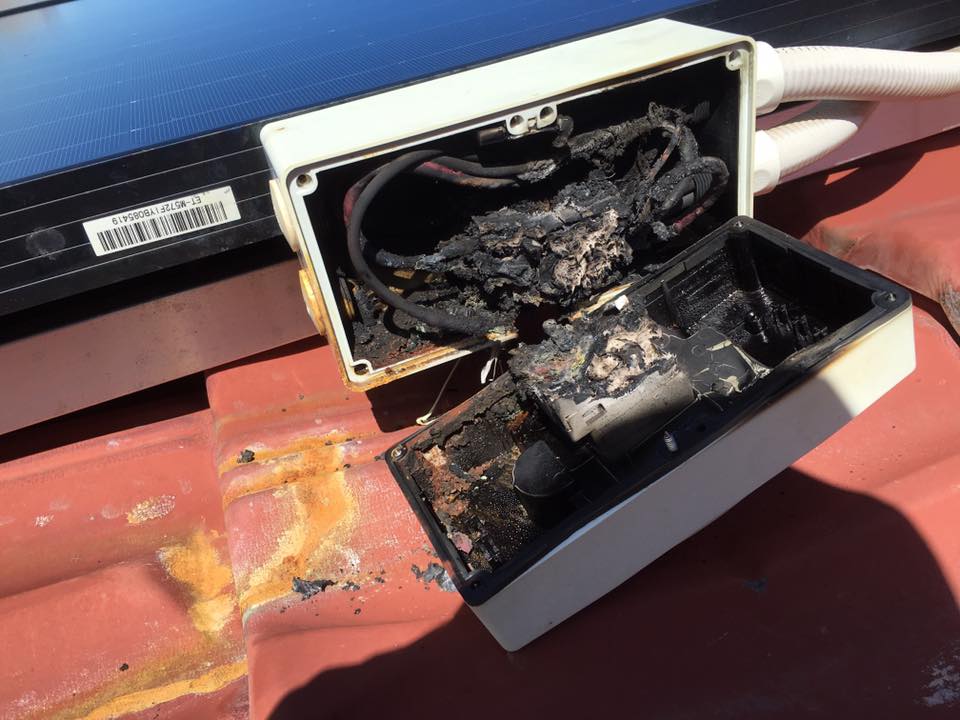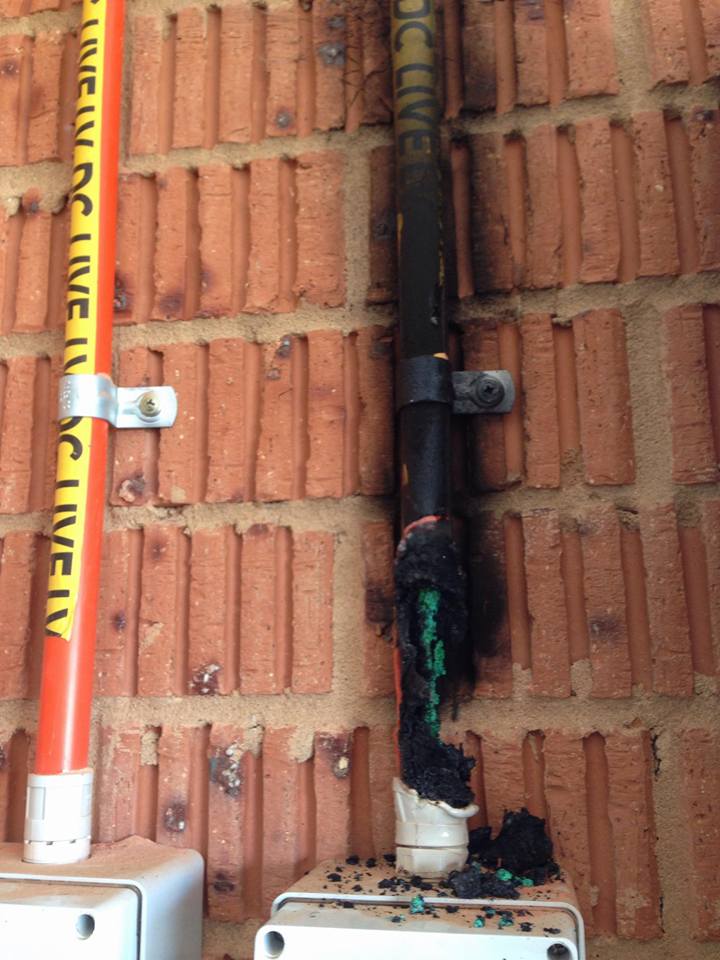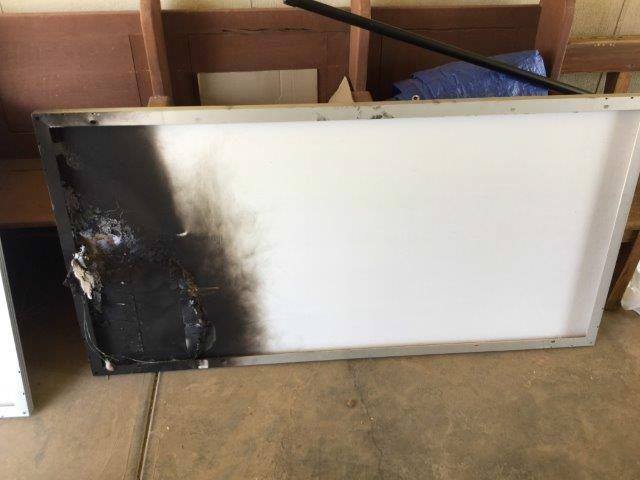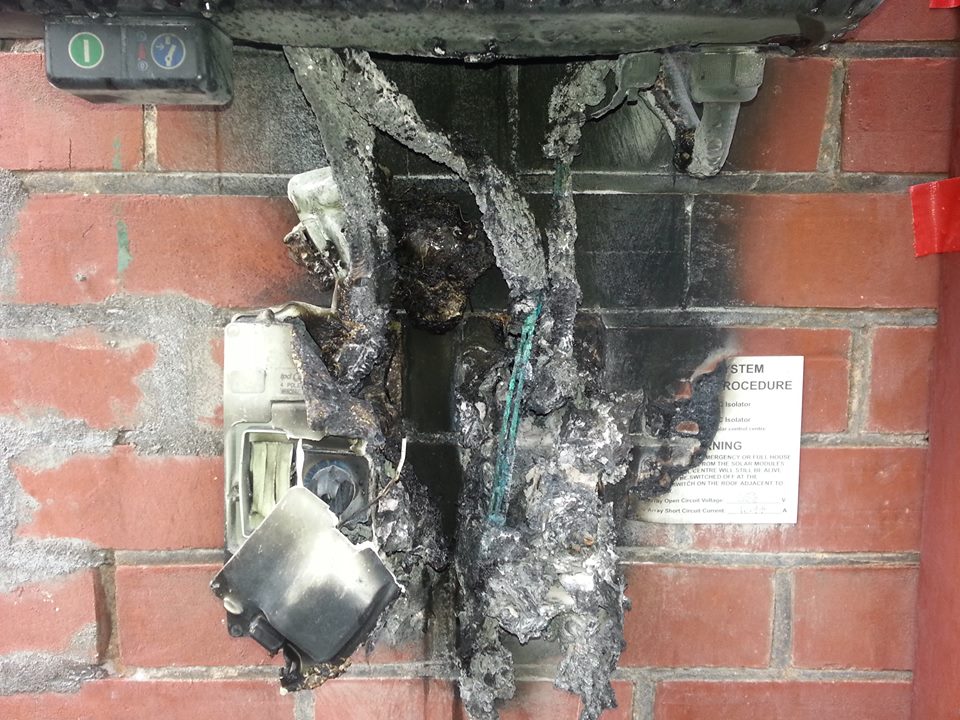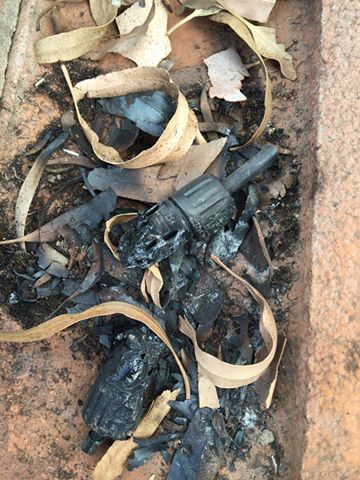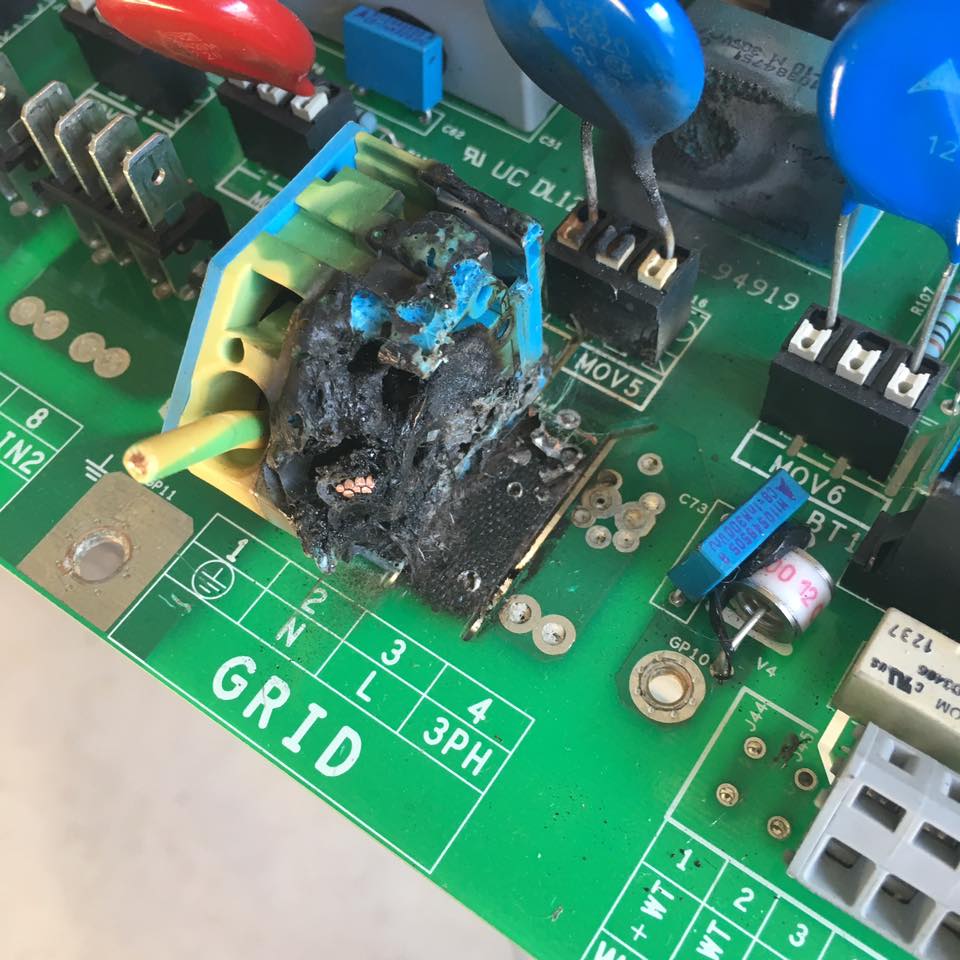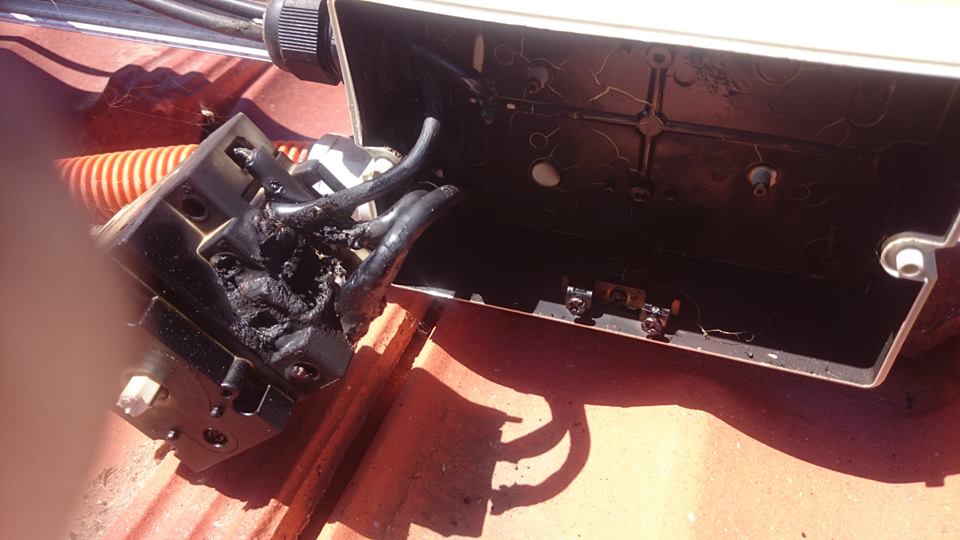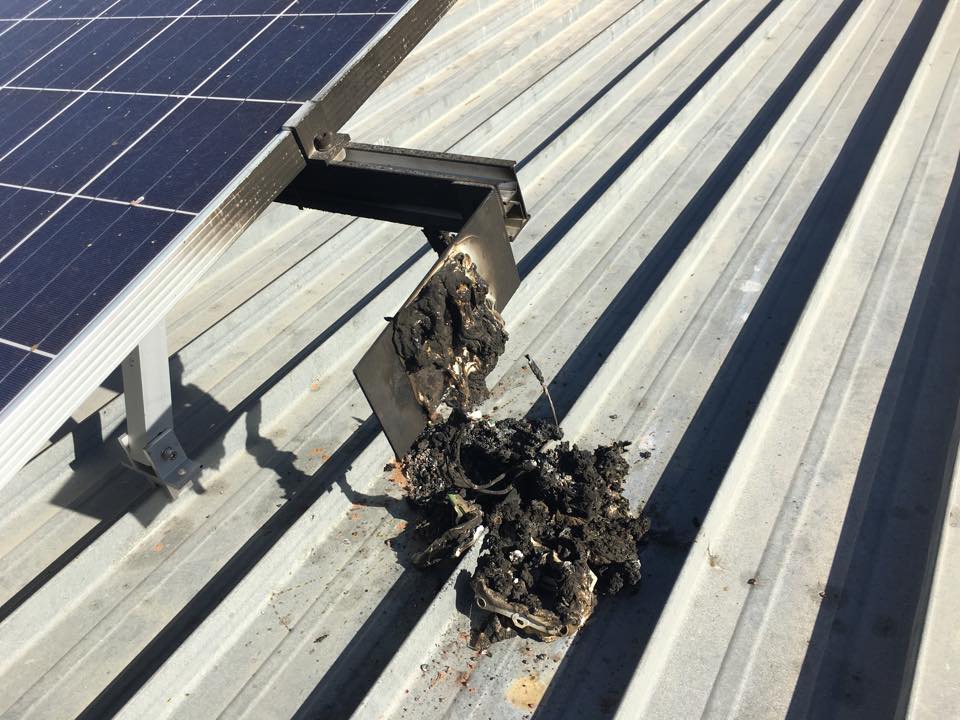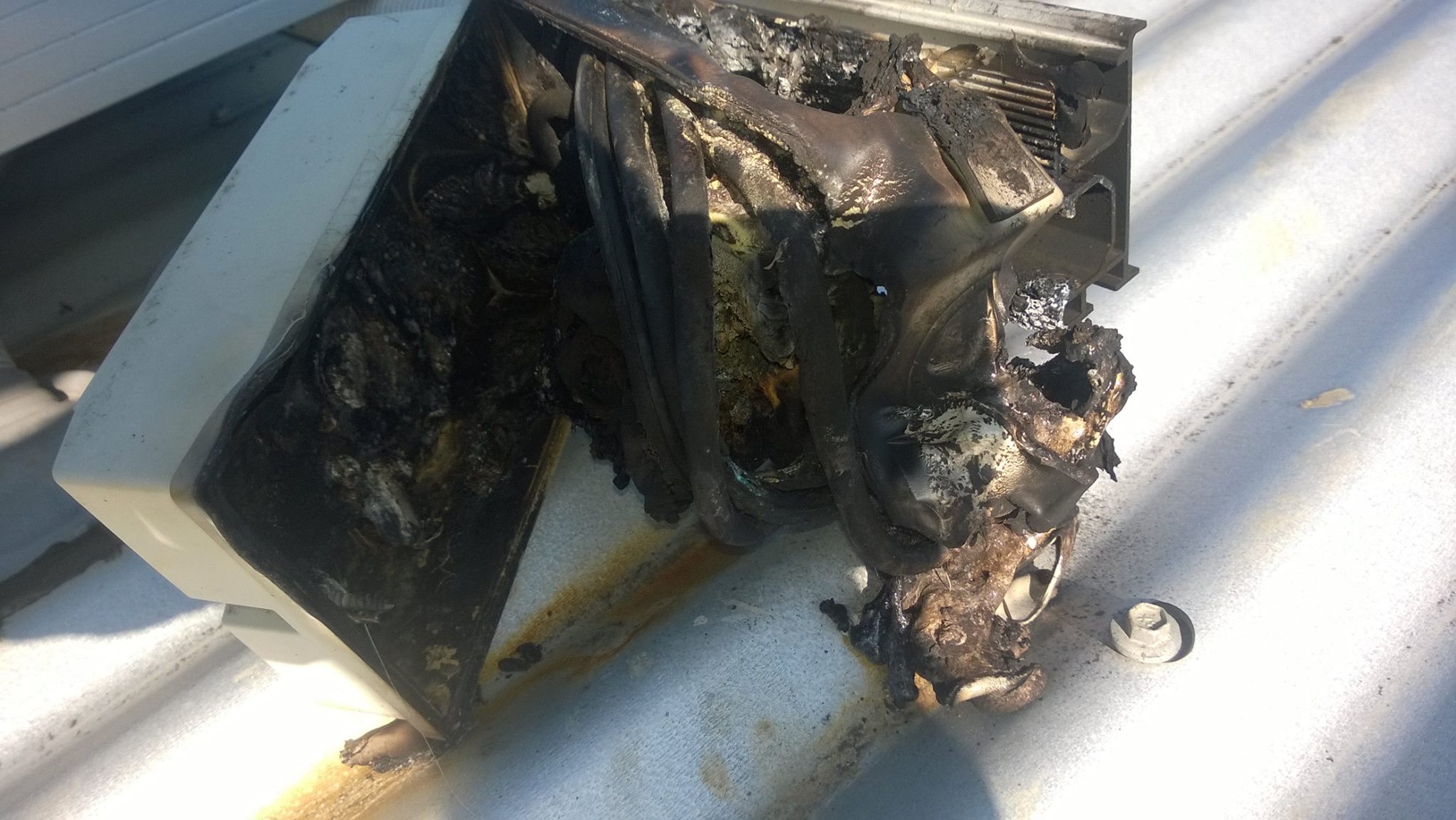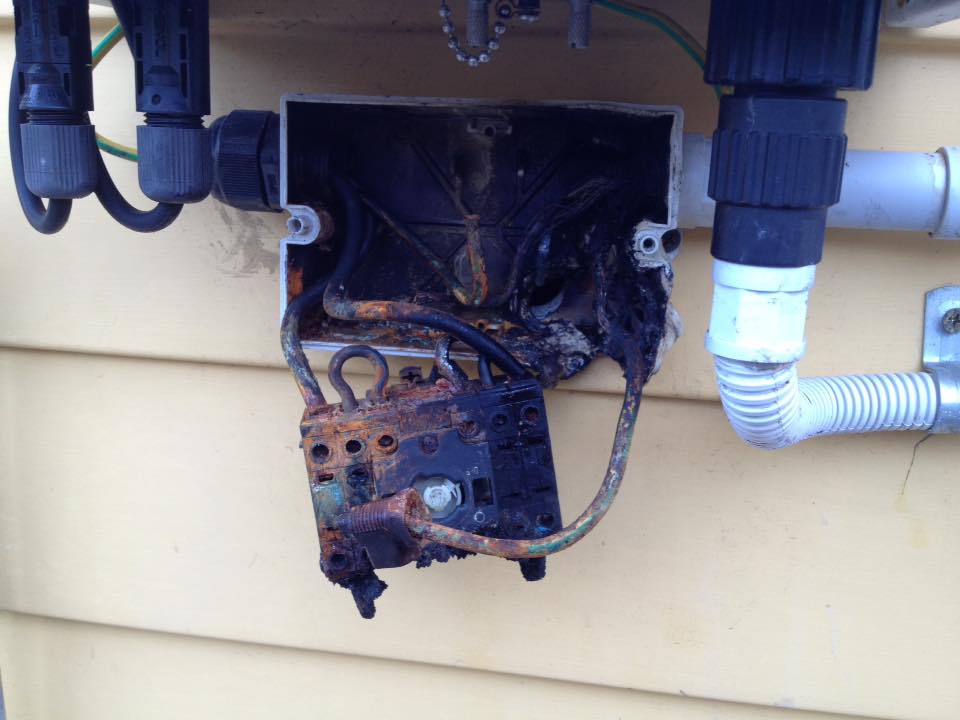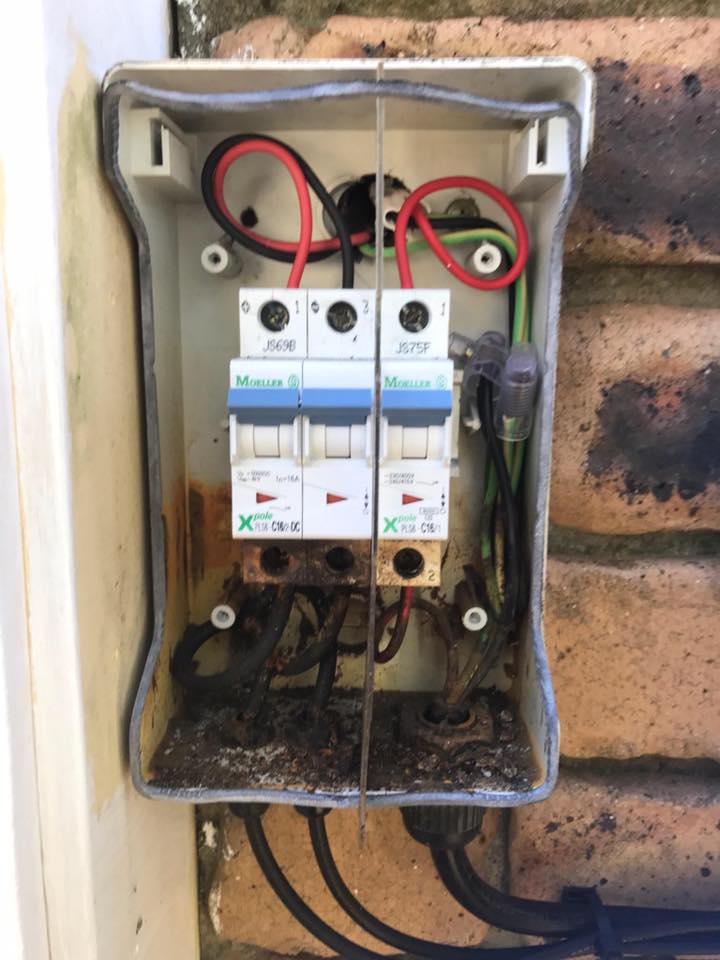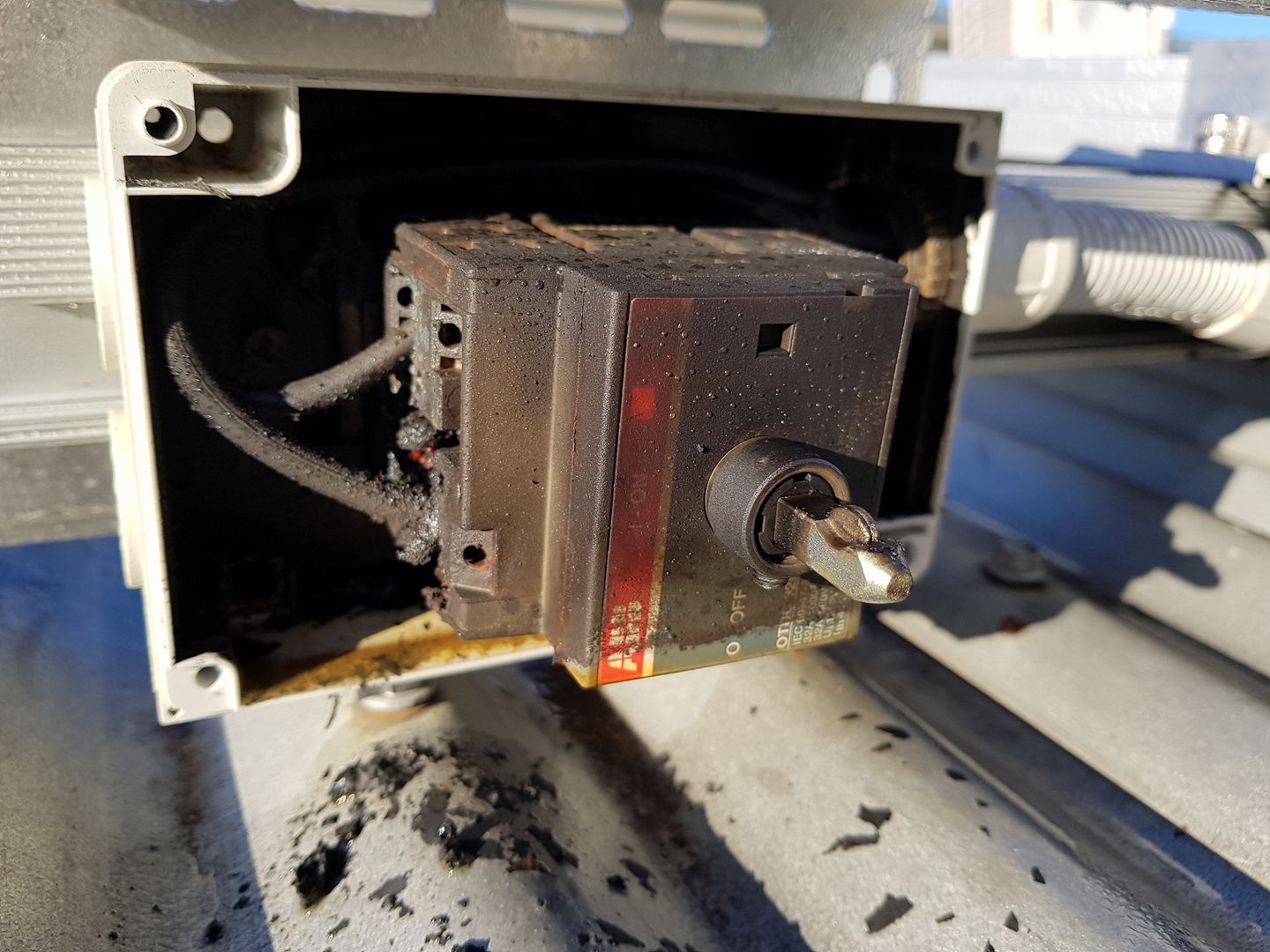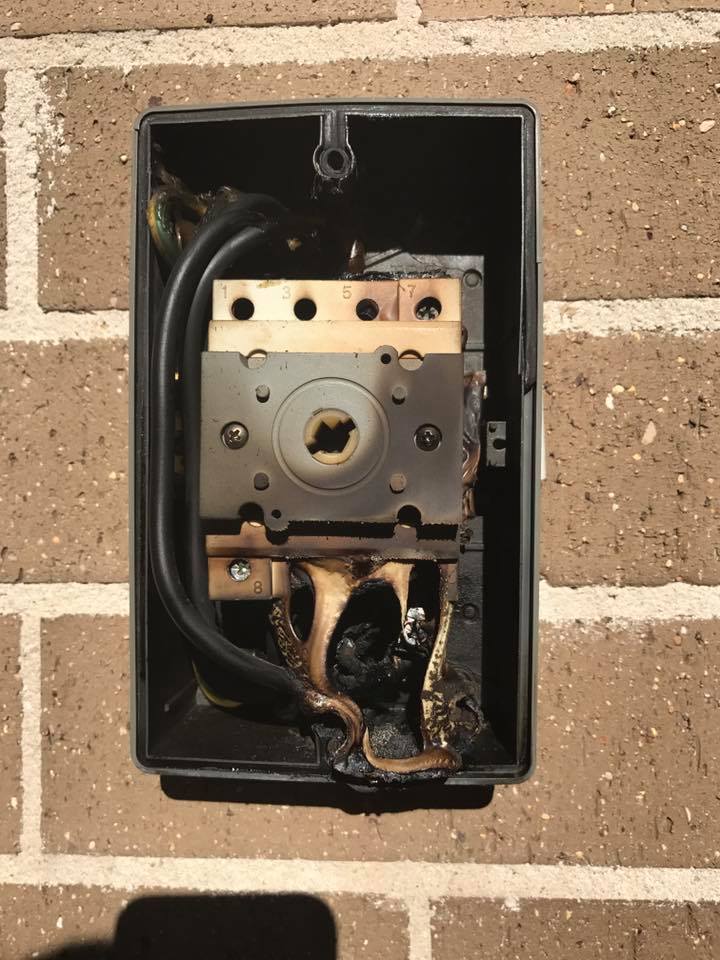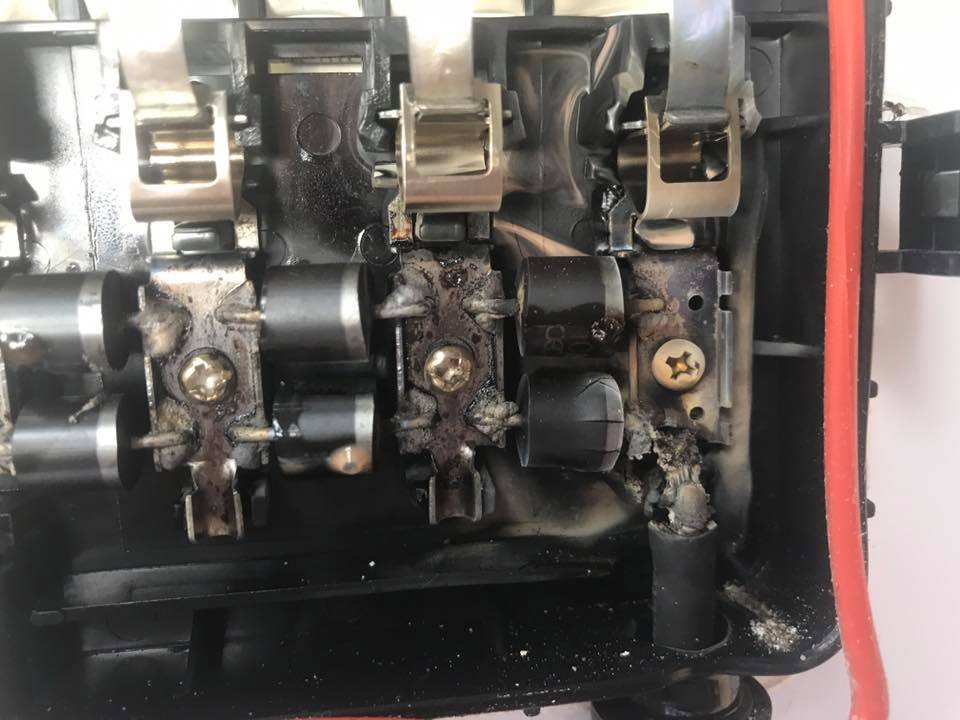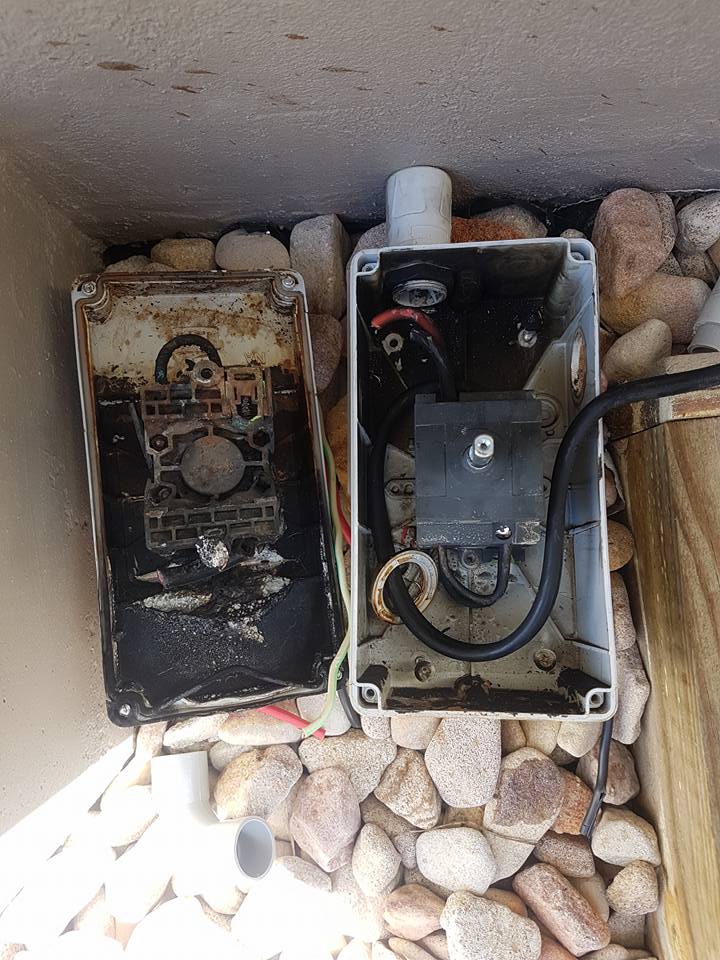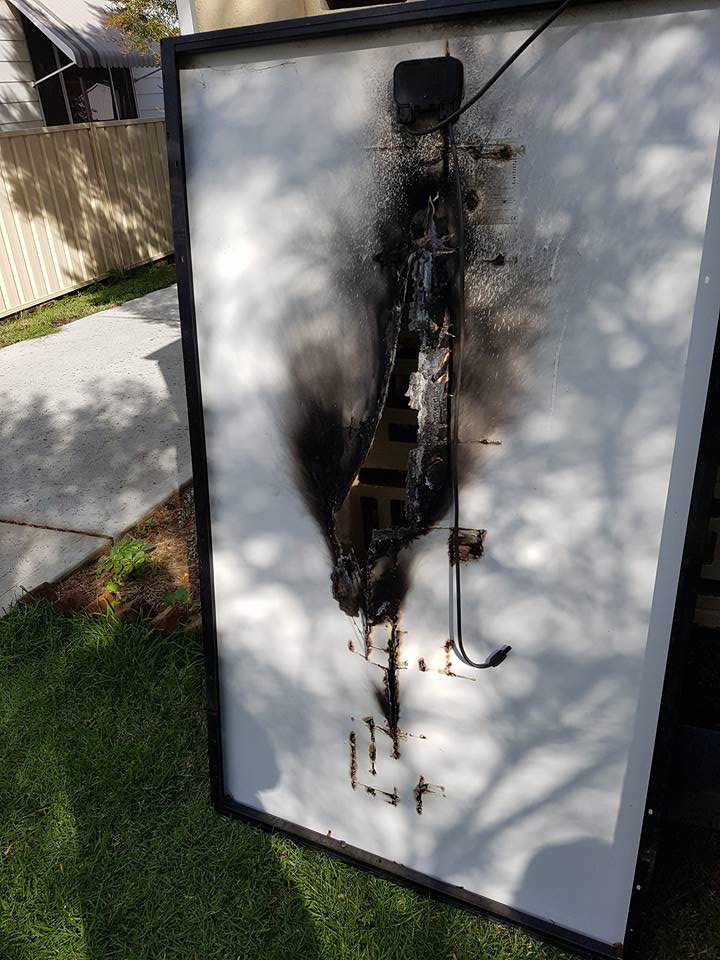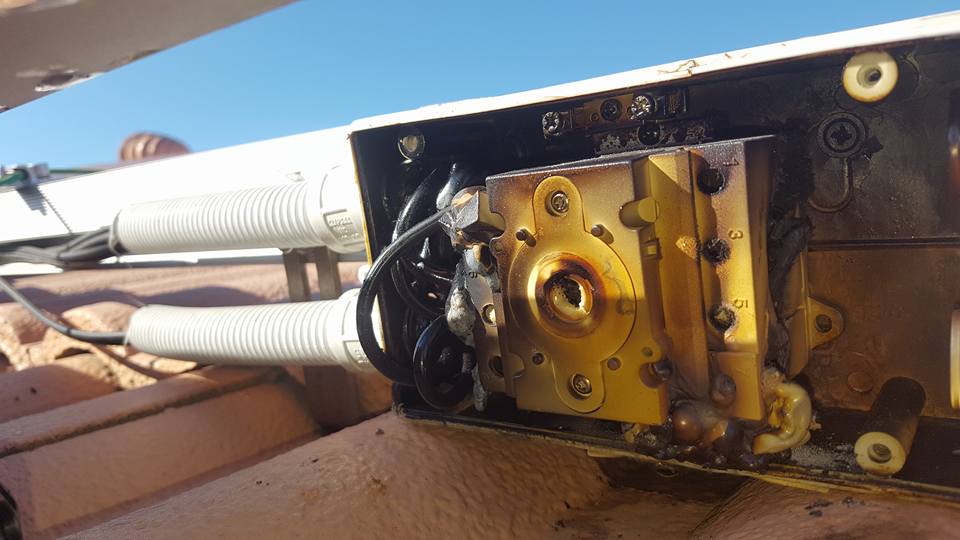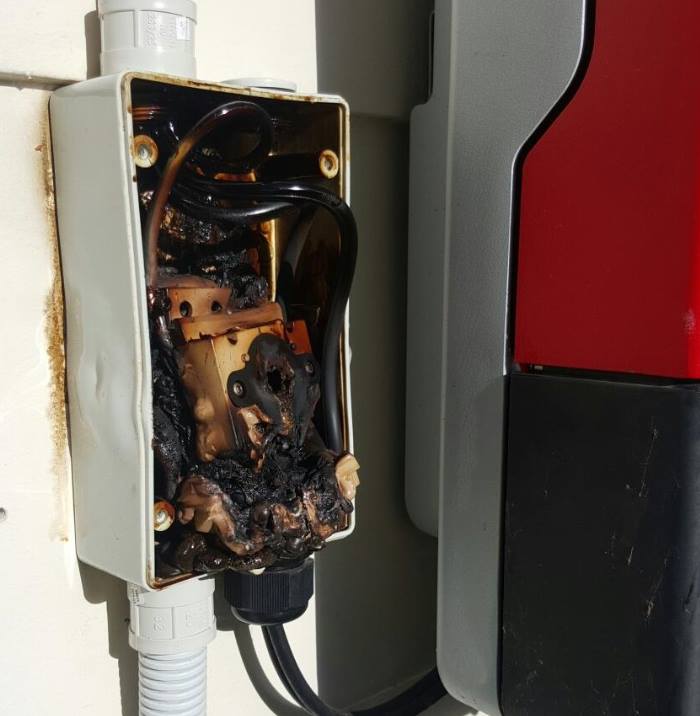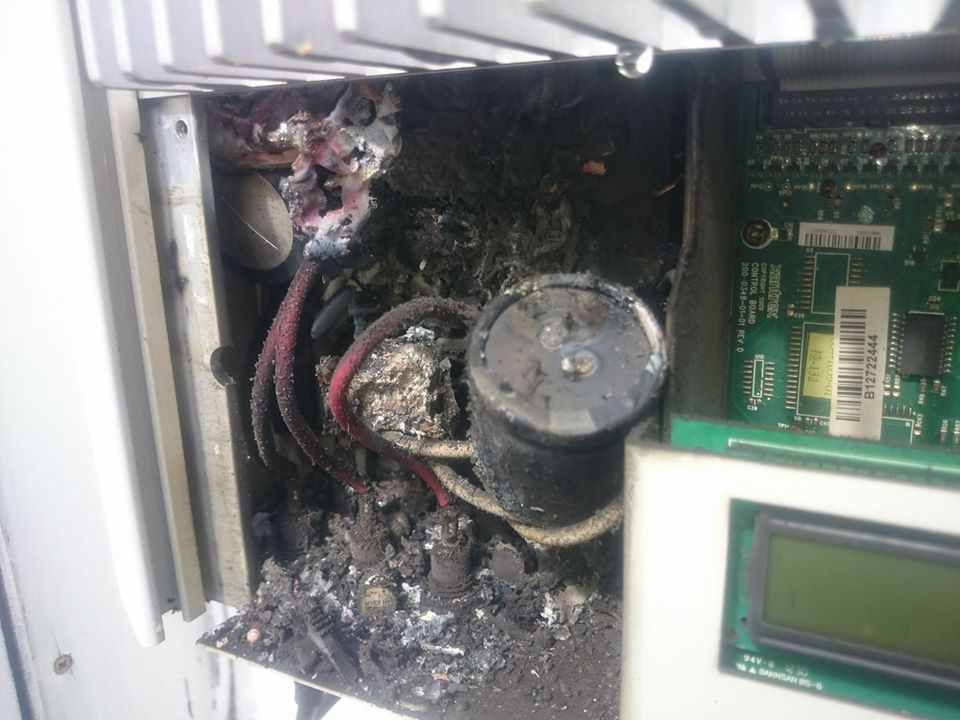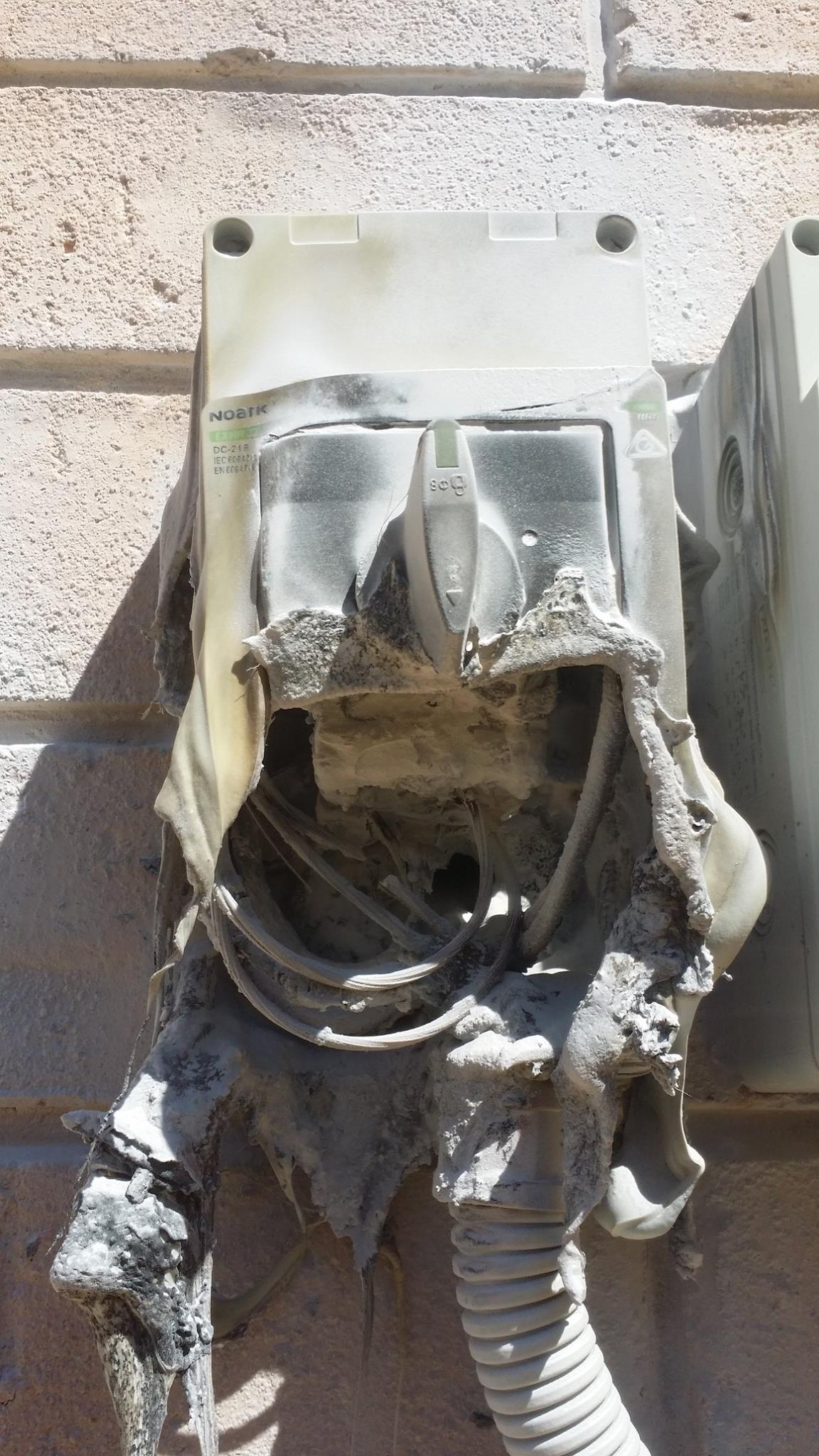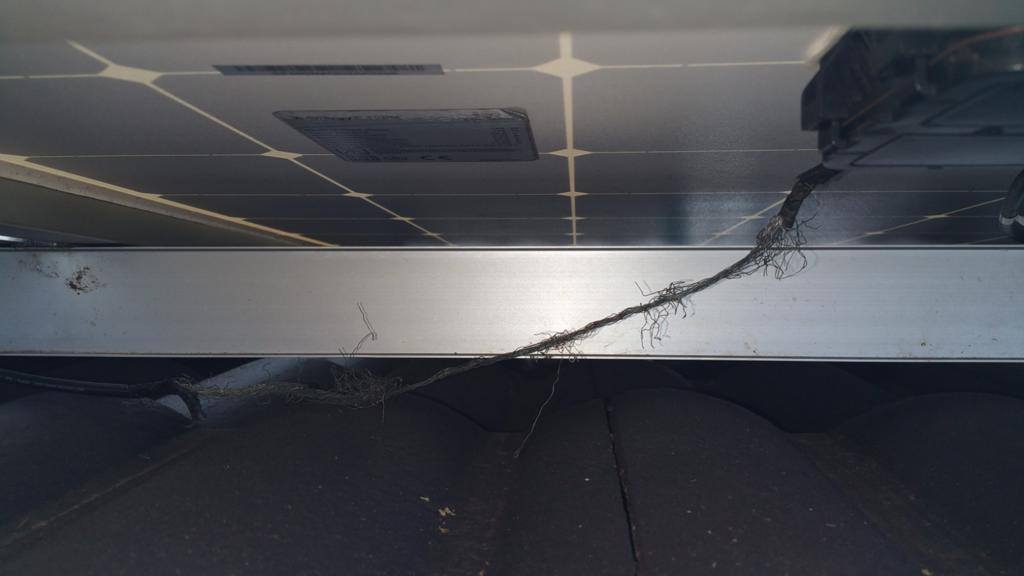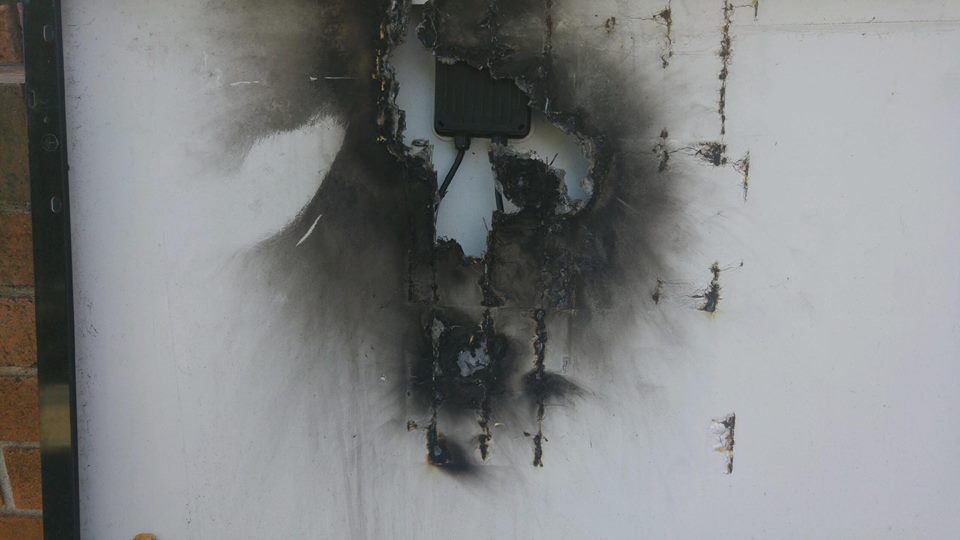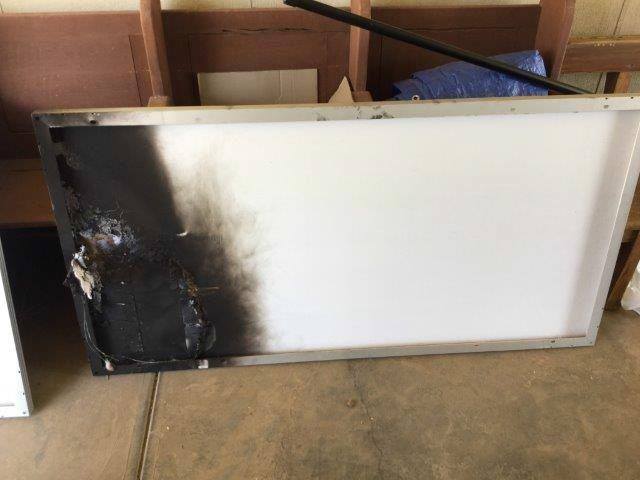Are the solar systems you’re installing safe?
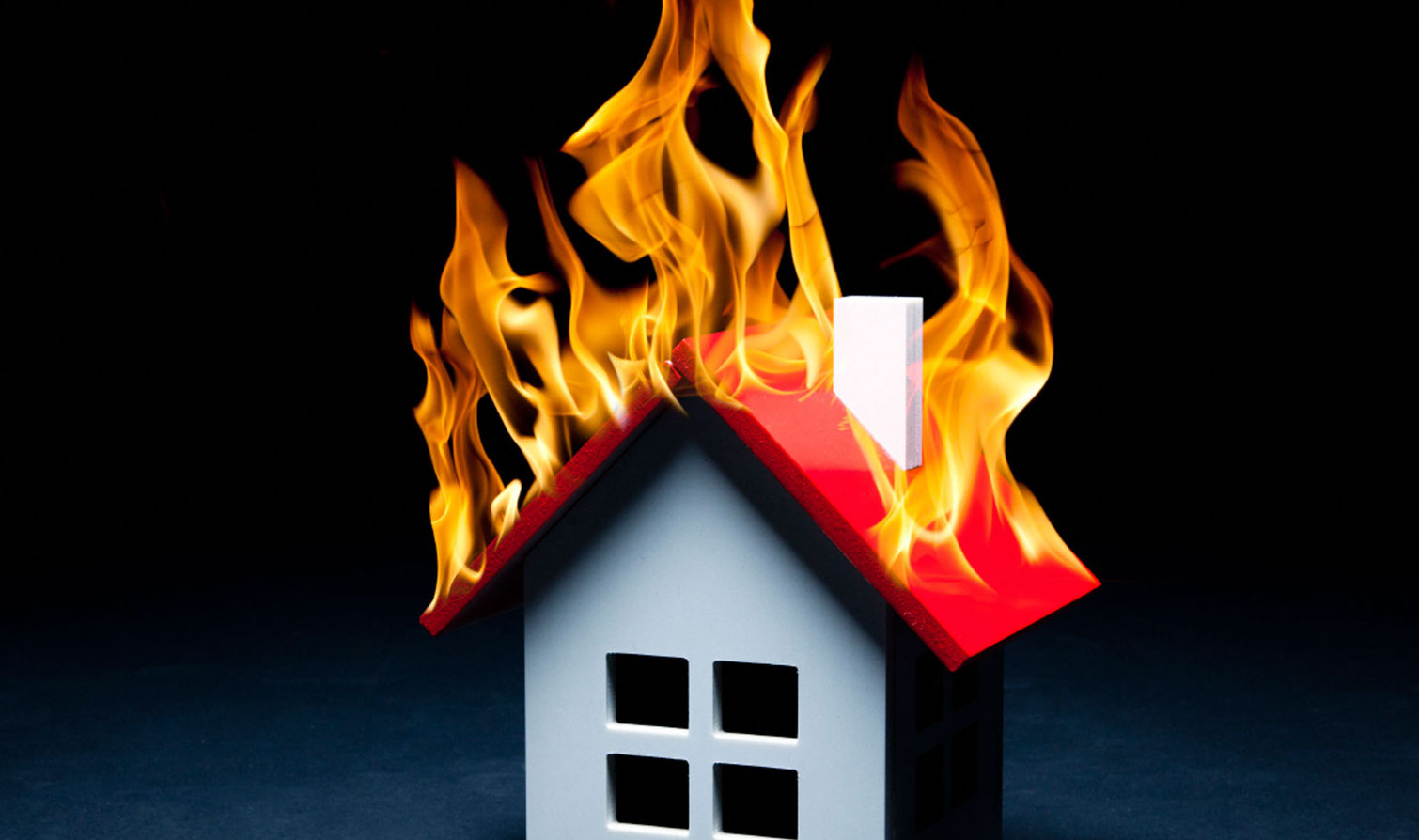
There are two types of solar systems available on the market;
AC Solar systems and DC Solar systems.
DC solar systems were the initial topology used for grid-connected solar systems. However, DC solar systems have an inherent safety issue which is why AC Solar systems have been developed.
DC solar system schematic showing dangerous unprotected DC voltage circuit in red
DC Solar systems consist of long strings of solar modules connected together in series with a string inverter connected at the end. The string inverter is used to convert the DC voltage of the solar array to AC voltage (230V AC), which can then be used in the home or business.
Having solar modules connected together in series results in dangerous unprotected DC voltage (200 to 1000V DC) fed from the solar modules on the roof down to the string inverter, which is often mounted on a wall. DC (Direct Current) voltage is very difficult to protect against compared to AC (Alternating Current) because the voltage is constantly above zero.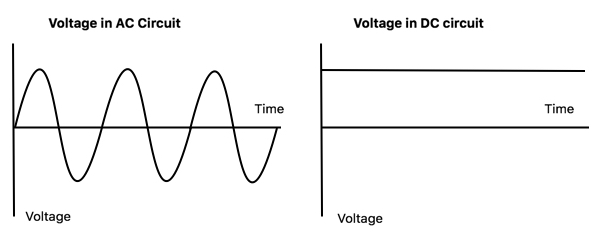
If a fault occurs on DC cabling the arc is very difficult to quench because it is continuous, whereas AC voltage alternates between positive and negative (passes zero) 100 times a second (50Hz) at which point a protective device can easily isolate any arc fault that occurs.
This is one of the key reasons AC is used to provide electricity throughout buildings in Australia and around the world. AC is inherently safer than DC.
A fault on the DC cabling can produce a continuous arc, which can cause fire – this arc has the ability to melt steel, glass and ignite most combustible building materials.
Unlike other electrical circuits in your home or business this dangerous DC voltage circuit from the roof to the string inverter often has no protection should a fault occur. So when an arc fault occurs there is nothing to isolate the circuit and prevent a fire.
Below is an arc fault demonstration for a small DC solar array (only 4 solar modules).
DC solar systems on homes or businesses typically have up to 11 solar modules connected in series producing significantly greater arc faults than in this demonstration.
There have been numerous home and building fires as a result of faults on solar systems DC cabling. The faults have been occurring at the DC isolators located on the roof or elsewhere, DC connections at the array, DC connections at the inverter, any connections in the DC wiring or anywhere along the DC cabling from the roof to the inverter.
A fault can occur from any of the following:
- Poor installation of DC cabling – loose terminals, DC plugs not plugged together correctly, mismatched DC plugs, damaged insulation, incorrect cable sizing, use of non DC components, inadequate UV protection or water ingress
- Poor quality DC components – poor quality DC isolators, poor quality DC connectors, water ingress from inadequate seals, or poor quality DC cables used.
- Damage to the DC cabling – Damage caused by rodents, possums, birds, insects etc or future building works (for example a tradesman or home owner drilling through the DC cables damaging insulation)
- Aged DC cabling – A fault can occur simply due to aging of the DC cabling, DC isolators, and any of the DC connections. As DC connections age they corrode and the impedance increases generating a hot spot where an arc fault can occur. The DC cabling insulation degrades over time allowing conductors to be exposed and causing an arc fault. Waterproof seals for DC isolators, conduits and DC plugs deteriorate over time and allow water ingress causing an arc fault.
The likelihood of arc faults occurring increases as solar systems age. A fault can occur regardless of how well the solar system is installed simply due to corrosion of joints, damage to DC cabling or simply degradation of DC cable insulation over time.
AC Solar systems were developed more than 10 years ago to eliminate dangerous DC voltages in solar systems.
AC solar system schematic showing protected AC voltage circuit in green
AC Solar systems have microinverters connected to each solar module allowing the output of every solar module to be converted directly to 230V AC. There is no dangerous DC wiring and the entire circuit from the switchboard to each solar module has the same fault protection as other circuits in the home and business. The microinverters also automatically switch off if there is a loss of power. This completely eliminates the risks of fire and shock caused by dangerous DC voltages.
Examples of DC arc faults on DC solar systems
AC Solar systems provide greater safety.
To find out more click here



